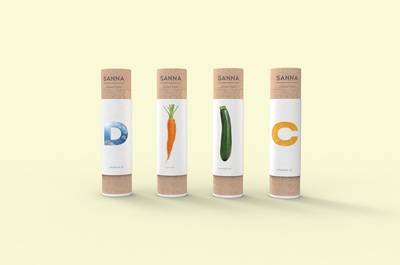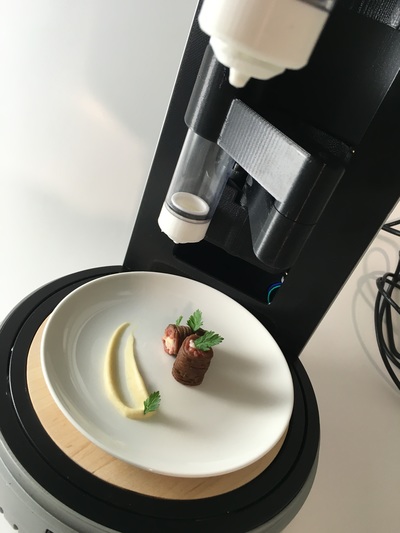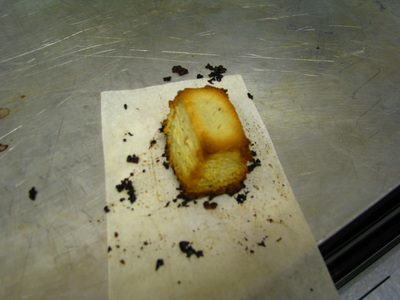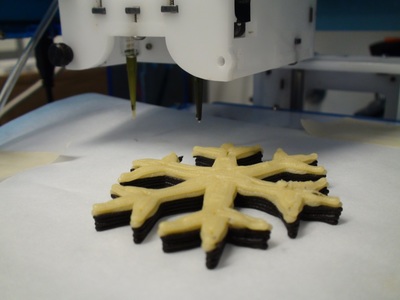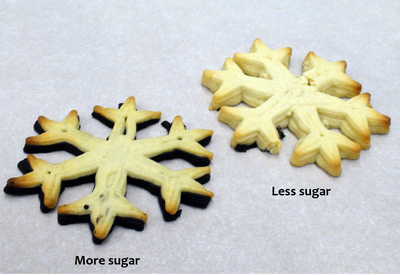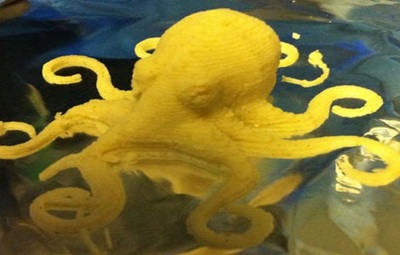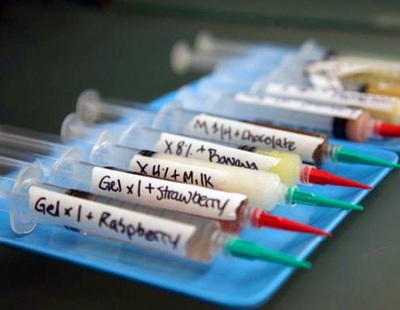|
|
A “food printer” is a 3D printer that prints edible materials. Most 3D printers today print in plastic and in metal, and are revolutionizing industries from aerospace to medicine. Our goal in this project is to develop a 3D printer for fabricating edible items by computer-guided deposition and cooking of edible pastes, gels, powders and liquid ingredients (e.g. flour, water, eggs, butter, and protein). We believe that a food printer is the “missing link” that could bring the benefits of personalized data-driven health to people’s kitchen table.
|
|
You want to bake a special cake for your mom, so you boot up the 3-D printer in your kitchen. Loaded with a dozen cartridges filled with pastes of chocolate, marzipan, and other ingredients, the machine downloads instructions from the Internet. You key in a specific texture, size, and flavor, and then you insert a 3-D message in the center—Happy Birthday, Mom!—to be revealed only after she takes a bite. The machine does the rest, assembling and baking a pastry so scrumptious it rivals a virtuoso chef’s in richness and complexity. Your mother loves it so much that she insists you send a slice of the same cake—in the form of a digital recipe—to your Uncle Norman’s printer as well. Your 3-D cake recipe gets so many raves, in fact, that you decide to sell the recipe online for 99 cents a download.
|
|
Science fiction? Hardly. The technology exists, and since our first food printing in 2005, we have cooked up all sorts of comestibles with it, some a lot stranger than a cake with printing inside. See some of our original food printing results below (2005-2012).
Learn more |
|
Project participants |
|
Related Publications |
|













